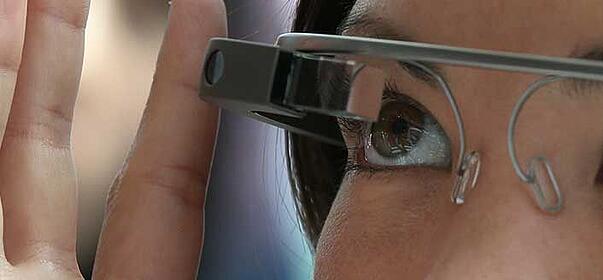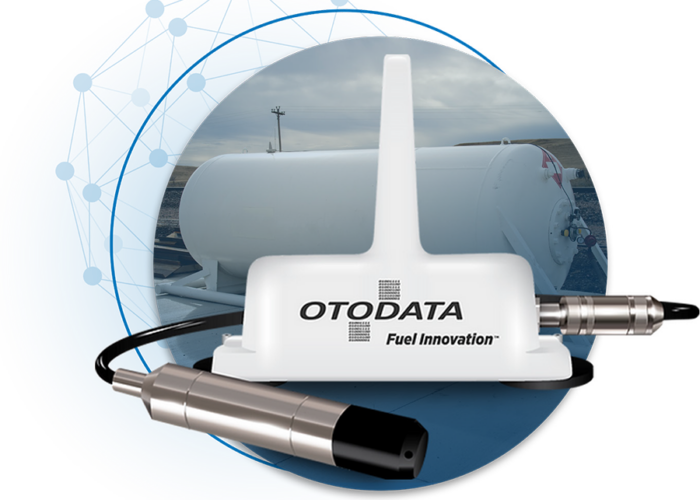When it comes to sensitive industrial and consumer equipment, the difference between proper and improper assembly is so fine that the smallest miscalculation can put workers and consumers at risk and lead to heavy financial damages. According to a study by Quality Digest, manufacturing and service companies can spend as much as 20% of their annual gross sales on repairing or servicing improperly manufactured products.
When a product with manufacturing errors reaches the consumer in a high stakes market, these costs can grow exponentially. For example, according to Flight International, in 2011 the United States Air Force experienced a loss of control and ultimately crashed their Global Hawk drone. Upon investigation, they discovered the crash was the result of an electrical failure caused by an improperly torqued fastener. The crash cost the Air Force $73 million.
With the stakes so high, manufacturers are turning to IoT-enabled tools to help calculate proper torque values and increase efficiency on the factory floor.
Track and Trace Testbed Promises Precision Manufacturing
One potential use case for IoT-enabled tools is Track and Trace, a testbed collaboration between Bosch, Tech Mahindra, and Cisco that is hosted by the Industrial Internet Consortium (IIC). Track and Trace hopes to provide manufacturers the ability to adjust settings and tolerances of the tools and machines used on the production floor. Track and Trace uses IoT connectivity to gather positioning information of a connected tool, automatically determine the required torque for the task, and document these settings to ensure product quality over an extended period of time.
Since the design and assembly of complex industrial goods requires exacting work, Track and Trace hopes to connect as many tools as possible to their management platform, from nutrunners to riveting tools to measuring equipment on the factory floor. These tools positioning information can also help manufacturers calculate torque values so they can achieve proper bolt tension with fewer adjustments, increasing efficiency and ensuring greater product safety overall. For factory managers, the gathered data provides a detailed overview of the conditions of their tools at all times, enabling automation of routine maintenance tasks such as the replacement of worn out parts on power tools.
Augmented Reality and Manufacturing
To meet its precision and efficiency challenges, GE Aviation has partnered with Upskill to explore the use of augmented reality in their connected tool solution. Using Upskills Skylight AR program on Googles Glass Enterprise Edition wearable glasses, mechanics receive step-by-step guided instructions and images directly within their line of sight while performing various maintenance tasks. Where before workers would consult paper binders or a desktop computer for workflow instruction, Google Glass can connect to the tool they are using and give them access to guided videos, animations, images, and other materials to help them complete the task faster and more efficiently. If a worker needs to consult an engineer, they can also turn on a camera mounted on the glasses for real-time see what I see assistance.
For example, as a mechanic moves through standard procedures and comes to a step where they need to apply the torque wrench, the system can alert them through the smart glasses and verify the correct torque value in real-time. As each nut is finished, the AR platform automatically records the final correct torque value and prompts the mechanic to take a photo of each installed part for historical quality purposes. Workers upload those records immediately to a laptop or, for long-term storage, to the manufacturing systems of record in the plant and the engine’s maintenance files for chain of custody.
Find Your Connectivity Solution with Aeris
Connected tools have the potential to greatly increase efficiency on the factory floor and ensure greater safety of both industrial and consumer products. To achieve these goals, however, a connected tool requires a connectivity solution that is agile and reliable. Aeris provides manufacturers with the speed, flexibility, and scalability they need to deploy an IoT solution in any environment. Through the Aeris Connectivity Platform, companies receive real-time operational information about their IoT deployment and can make adjustments with ease.
To learn more about how IoT can help your manufacturing solution, contact Aeris today.



